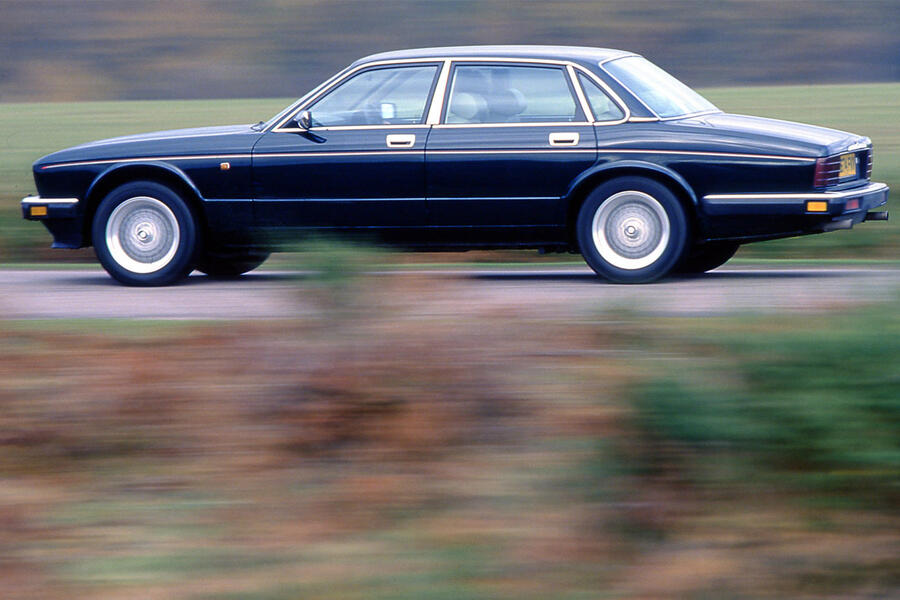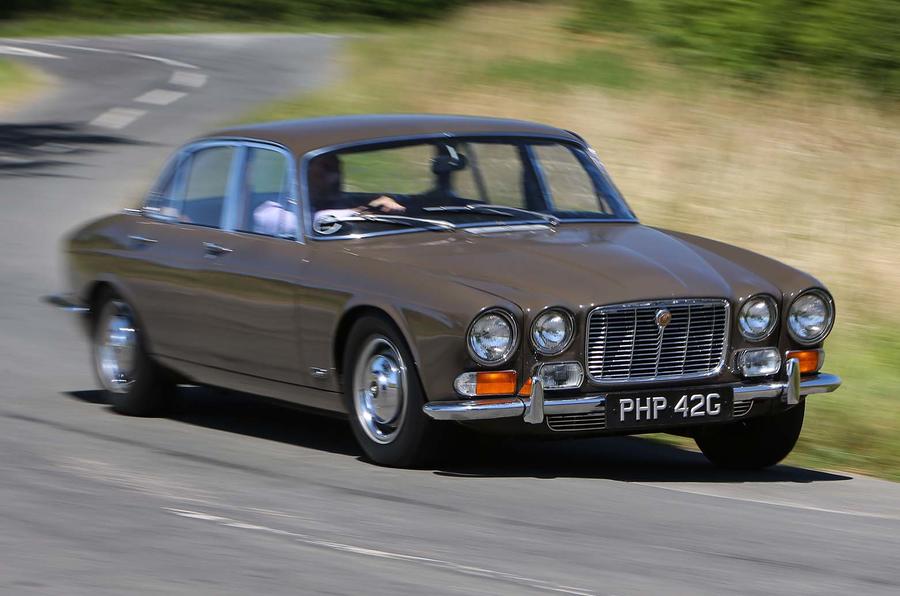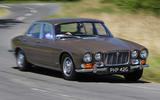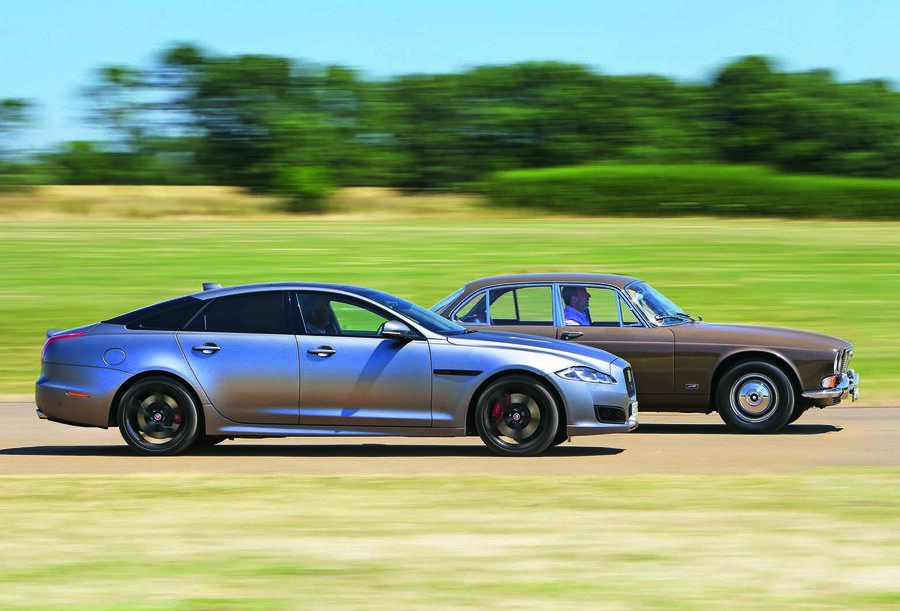“Lads! Stop playing with the electric windows.” My earliest Jaguar XJ memory is of riding in the back of a friend’s dad’s new Regency Red Series 1 XJ6, in perhaps around 1970.
It was the first time I had been in a car with power windows, and the small chrome switches were simply irresistible.
I was aware that this was a special car, and still more so when the much anticipated XJ12 finally arrived; the waiting list for this magnificent beast ran to many months.
For years after that, I merely admired these cars and watched them become common. By the time the Series 3 appeared in 1979, with its beautifully reworked Pininfarina roofline, you could see the earliest Series 1s crusting with rust. You would spot corroded rear valance panels while queuing in traffic, along with ill-fitting bootlids closed on excess baggage, rust-pustulated wings and blistered door bottoms.
These cars headed only one way – given that the XJ was much-favoured for its strength, often to a banger race before the crusher. It amazed me – and still does - how uncaring people can be of something expensive and recently much-desired.

The 1980s XJ40 would face the same destiny, its protracted and uncertain birth producing the least-loved XJ. It would be facelifted into a car far more acceptable, especially in hot XJR form.
By now, Jaguar was stuck in an ill-advised cycle of recycling its past, the process reaching its painful zenith with 2003’s aluminium-bodied X350. I saw it unveiled by design boss Ian Callum, hired too late to significantly change a car that was becoming a distended pastiche of itself. He knew that it fell short. Not technically, mind you: its low weight combined with superb powertrains to great effect.





















Join the debate
Add your comment
It's the same with all British expensive/upmarket vehicles, plenty of expensive trimings and carpet but very little underlying engineering integrity has gone into the vehicles' execution yet the manufacturer wants top dollar. So 7-10 years after it's release and all the pomp and ceremony it's banger racing because it's all rusted away, rinse and repeat into the modern era and what you've got is the situation you have now.
I’ve owned 3 XJ’s, (of sorts), over the years, a Series I 4.2 XJ6, a Series I Daimler Sovereign 4.2 and a Series II Daimler Double Six Vanden Plas, (in bright Jamaica yellow of all colours), and I loved them all, especially the Vanden Plas that is particularly memorable for its normal single figure mileage to the gallon petrol consumption.
I currently run a 17 year old X Type 2.0 diesel, (based on the Mondeo or not, an underestimated car in my opinion), and am considering replacing it with an X351 3.0 Diesel…
Regards,
Landie
My Grandfather was a Jag man.....he took quite a bit of ribbing from his contemporaries who mostly drove Bentleys, Alvis or Rovers, and looked down on the 'Gin and Jag set' image - but he loved his Mark X and drove it until a few weeks before his death (in his 90's!). I loved riding in the car as a child- the smell of Cigars and leather, picnic tables in the back etc. and being pre rear seat belts I used to slide across the seemingly vast back seat corner to corner. Childhood memories.
When I started in the Motor Industry, the garage I worked for we sold RR/Bentley, Jaguar/Daimler, Triumph and Rover and had a 2 year waiting list for XJ6's in 72.
As a teenager, you can imagine I loved driving XJ6's (and later XJ12's and Daimler Double Sixes). Beautiful cars to drive, even in that bloody awful brown colour in the picture (Sable).
Best combination was a Daimler Sovereign or Double Six in Navy blue with Tan hide and chrome wheels.....looked epic.
I remember back then 205/70x15 Dunlop SP Sport tyres looked massive in width....now a regular VW Polo has wider tyres!
But I also remember very unhappy customers with troublesome cars. One side of the workshop all lined up with newish XJ6's with gaping engine bays - 2.8's, all awaiting new engines (that engine just didnt work in the car). V12's with issues - how the mechanics used to curse squeezing the 5.3's out of the car!
I think the Mark X was a better built car, but felt too big and ponderous compared to the XJ6.
I must have a drive of an early XJ once again, to see if it is still as good as I remember it - compared to modern bolides.